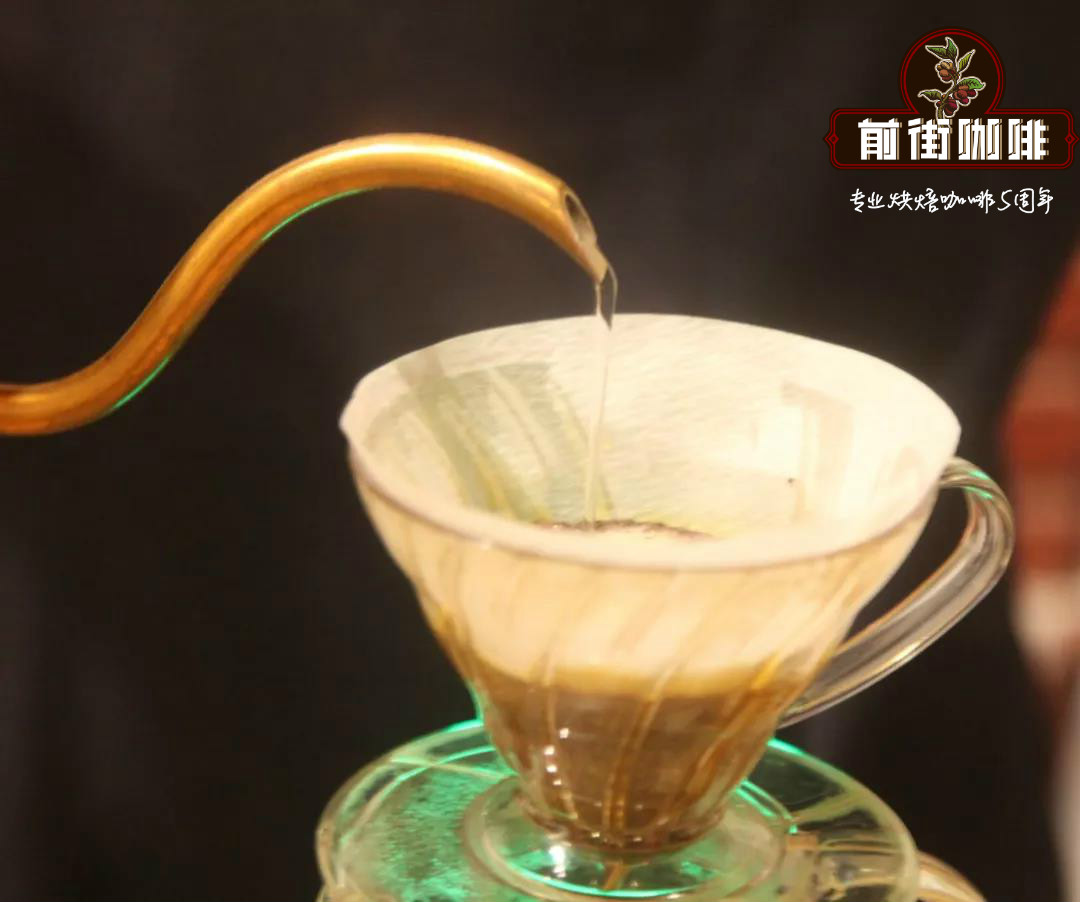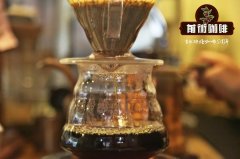Coffee extraction is to use water to bring out coffee substances, and the best extraction range is 18%-22%.

For information, please follow the coffee workshop (Wechat official account cafe_style)
Extraction is the use of water to bring out the substance of coffee, which means to squeeze something out, or to get the extract. In chemistry, extraction refers to the extraction of valuable substances (flavor) from the raw material (coffee beans). In coffee extraction, the most common is to use hot water to extract flavor from coffee powder. Many substances in coffee are soluble, such as fruit acids, caffeine, oils, melanoids, carbohydrates and plant fibers. The time and rate at which each substance is dissolved is different and has different tastes. Of these, only 30% of the substances are soluble in water, less than 22% have positive tastes, and the rest will only give coffee extra bitterness, paper or other negative tastes. Fortunately, these positive taste substances are dissolved first, while negative taste substances take longer to extract.
A lot of things happen when coffee is mixed with water, and the easiest thing to understand is that the water dissolves a lot of the flavor of coffee, which is almost the flavor you drink in the coffee cup. Only very fine coffee powder will affect the taste, but the fine powder is not considered in the extraction, because the fine powder only floats in the water during the extraction.
Roasted coffee beans contain about 28% by weight and can be dissolved in water, which means that about 28% of the substances in roasted coffee beans can be extracted into the water. Almost all of the rest is the fiber of coffee beans and the tissue of seeds. Water is a good medium for soluble matter, but it still needs some external help. If you throw the whole coffee bean into hot water, the extract is much less than the powder, because the structure of the coffee bean is very dense and complex. Water cannot pass through the whole coffee bean and dissolve the taste. So we must increase the surface area of coffee beans and "open it" so that the water can bring out the taste of coffee. Coffee beans can be easily extracted by using a bean grinder, the coffee beans can be ground into powder, and the surface area can be increased so that the water can be effective.
Ideally, we grind the coffee to a very fine state, throw it into the water and dissolve it to give a good flavor. Unfortunately, if you do so, this is a very bitter and terrible cup of coffee. Not all coffee flavors are good, so we have to control the number of flavors extracted in order to brew a delicious cup of coffee. Similarly, we can't grind a lot of coffee beans and extract a little bit. In order to avoid these overextracted flavors, under-extracted coffee tastes just as scary (sometimes worse than over-extraction). Most people understand that extraction is like a two-way road, and we always try to find a balance in this way to avoid over-extraction or under-extraction.
Extraction rate
Extraction rate = mass of extracted substance / (coffee powder) total weight
The extraction rate refers to the coffee powder you use to brew, and what percentage of the substance is dissolved in the coffee. For example, when you use 100g coffee powder for brewing, after brewing the coffee, remove the moisture from the coffee grounds (whether dried or dried), if there is 80g left, which means that 20g of the substance is dissolved in the coffee, then the extraction rate of this cup of coffee is 20%.
About 27% of a coffee bean is 35% soluble, and the rest is fiber (coffee grounds). But either extract 28% or get the best cup of coffee. The best extraction range given by several boutique coffee associations is 18% Mel 22%.
Important Notice :
前街咖啡 FrontStreet Coffee has moved to new addredd:
FrontStreet Coffee Address: 315,Donghua East Road,GuangZhou
Tel:020 38364473
- Prev

Yemeni climate is dry and suitable for growing coffee mocha coffee has a strong earthy flavor and unique taste.
For information, please pay attention to the coffee workshop (Wechat official account cafe_style) the Yemeni climate dry coffee fruit is actually picked and placed in the sun to dry. Once the appearance hardens, the fruit begins to shrink and the color becomes dark brown or black. After that, people will peel off the hard shell by hand and take out the coffee beans. It is believed that it is this drying process that makes coffee sweet.
- Next

Coffee with insufficient extraction will taste thin, bitter, uneven and even sour.
Information please pay attention to the coffee workshop (Wechat official account cafe_style) insufficient extraction of coffee means that the water brings out not enough coffee powder substances, coffee powder there are many residual substances, can increase the flavor of this cup of inadequately extracted coffee. Imagine a cup of espresso with too short extraction time, that is, fine semantic concentrated ristretto, with a smelly sour taste and a lack of sweetness.
Related
- Beginners will see the "Coffee pull flower" guide!
- What is the difference between ice blog purified milk and ordinary milk coffee?
- Why is the Philippines the largest producer of crops in Liberia?
- For coffee extraction, should the fine powder be retained?
- How does extracted espresso fill pressed powder? How much strength does it take to press the powder?
- How to make jasmine cold extract coffee? Is the jasmine + latte good?
- Will this little toy really make the coffee taste better? How does Lily Drip affect coffee extraction?
- Will the action of slapping the filter cup also affect coffee extraction?
- What's the difference between powder-to-water ratio and powder-to-liquid ratio?
- What is the Ethiopian local species? What does it have to do with Heirloom native species?

